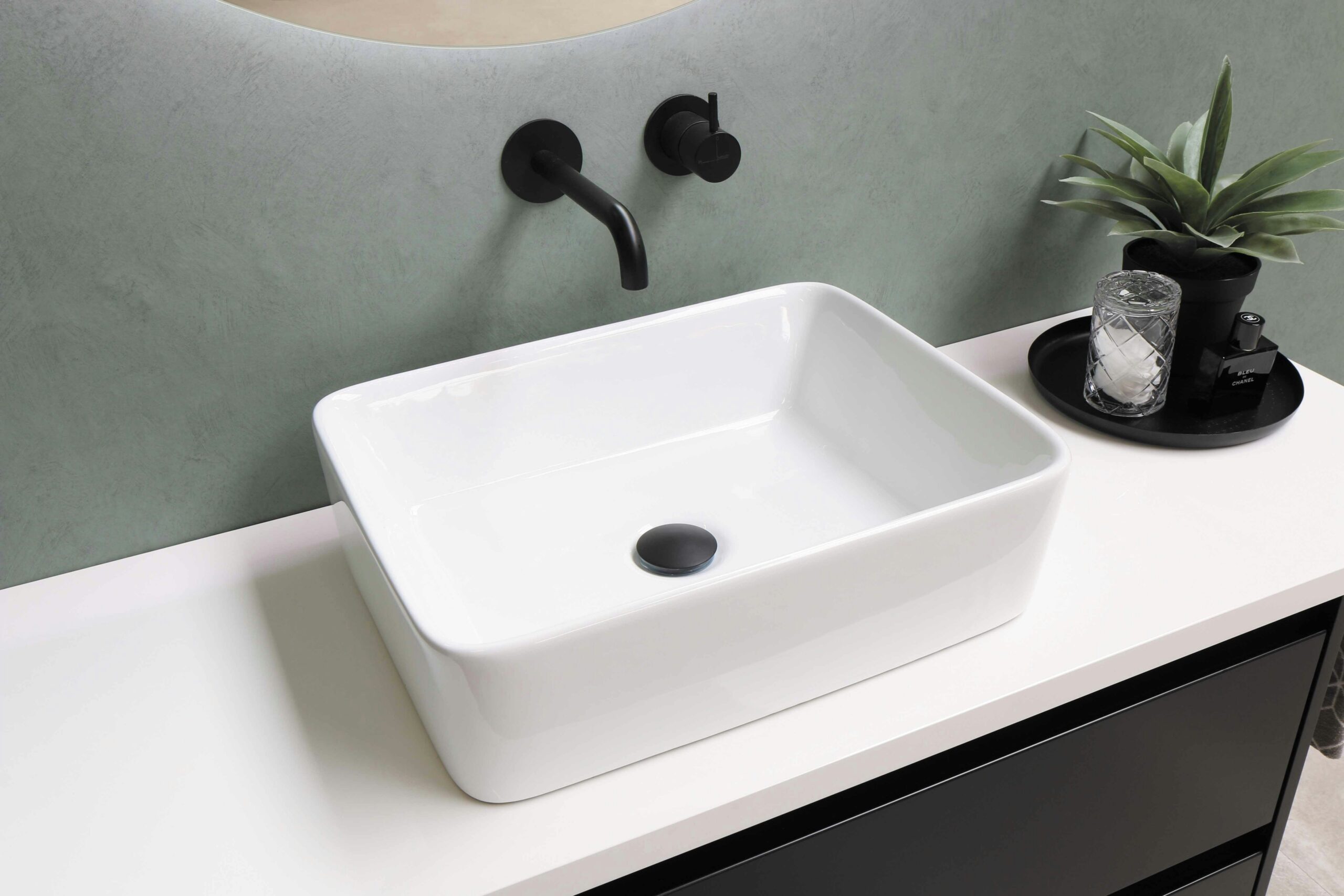Being that I was homeschooled and my only prior experiences of “real” school was kindergarten, university was a shock to my system because of how differently some people other than my family behave while teaching: rambling unnecessarily for an entire class session, slacking when it comes to both feedback and explaining the course material, banning technology, et cetera. The “no technology” rule in particular threw me off. It felt like wasted potential. The digital version of many things is almost always cheaper, especially for schools since they tend to receive education discounts. More importantly, though, technology is more accessible, which facilitates effective learning.
This is particularly the case for James Paul Gee’s theory on effective learning—gaining “literacies” (mastery in a subject that was originally foreign to the student) as he puts it. He says that people must be actually implemented in the subject and take it as it is to master it. For example, if someone wanted to become literate in a culture, they must surround themself with it, ignoring how the culture may conflict with their own belief and values; they need repeated exposure to the culture to truly grasp it as the people who grew up with it have.
However, surrounding yourself with something like a culture is not an easy feat if it’s not accessible to you. People can always travel to a place with that culture, but such drastic measures are expensive and inconvenient: How will they continue their other studies? Can they afford a new living space? What if they have a job? This is one situation where technology can come in handy.
With technology, a virtual reality community could be set up, where people from said culture can gather and interact—ideally how they would in person—with those who are studying it. It may not be perfect, but it’s certainly a cheaper and more viable way to achieve a successful education. That is the purpose of a school, after all: to efficiently educate its community. And technology makes that easier.



Leave a Reply